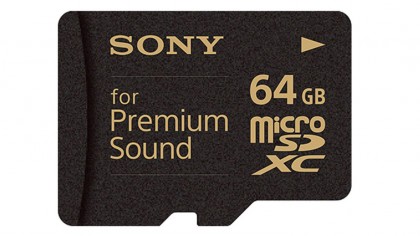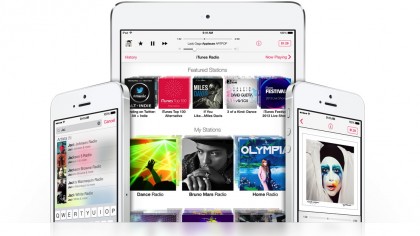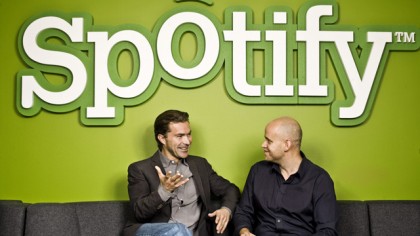There's a Tidal wave of hi-res music - so why is the public still confused?
Digital music is improving but it's causing confusion
Sony is another company with its sights firmly fixed on hi-def audio. While pushing hi-res audio playback in its latest generation of products (which use LDAC, its own wireless audio codec) it has taken the somewhat silly step of releasing a microSD card "for Premium Sound." Which on the face of it is the equivalent of asking consumers to spend hundreds on an HDMI cable – the quality improvements are very negligible.

Like Pono, there are a handful of other services around promising tracks of CD-quality or above. Onkyo Music launched recently, alongside HDtracks, Qobuz, Linn Records and the Bowers & Wilkins Society of Sound. There's yet more if you're willing to dig, but as you descend that ziggurat you'll find larger and larger gaps in catalogue. In almost all cases, the music costs substantially more than on iTunes, Amazon or Spotify.
The big questions, therefore, are who's winning the battle for the audiophile market, and does that victory mean anything? "Tidal and Pono would appear to be the market leaders," says Malt, "But no one has ever made it big in hi-def music. It will never be mainstream unless it's offered as standard." Hemmings also points to Tidal as the current market leader, and adds: "I feel the press that Pono has received is disproportionate to its actual adoption among consumers."
It is this standardisation that has meant that much of the industry is happy to play the waiting game until there is more openness in standards and services.
"We welcome 24-bit streaming," says Keith Robertson, Technical Director of high-end audio manufacturer Linn. "But as an industry we need to come to the point of openness that happened to the web in the mid-90s. Where no matter what client you are using, you can get all the music. We need to stop having locked out systems."
Robertson believes that we will see a more open service arrive later in 2015 but until that time Linn's mantra will always be: "We support any codec that is open and widely used". Unfortunately this is a rarity when it comes to high-definition audio files.
Hi-res heavyweights
The problem for many high-definition services is that Spotify or Apple could easily pump up their quality settings one day and wipe out the hi-def niche in one fell swoop. "Unlike in the physical age, it doesn't really require much investment, because most streaming services are getting files delivered as WAVs anyway. They just need to encode the catalogue they already have and tell people it's worth more," says Malt.
Get daily insight, inspiration and deals in your inbox
Sign up for breaking news, reviews, opinion, top tech deals, and more.

"It was interesting that when Apple launched iTunes Match, they made everything available at 256kbps. Upping the quality of everything like that wasn't apparently a big deal to them. And I suspect it was a consideration based on improvements in technology and bandwidth as anything else."
Hemmings adds that while the iPhone today can't play anything beyond CD quality music, there's no reason to believe that won't change in the future. "Everything I have read about Apple of late suggests that their focus is on the streaming marketplace first and foremost – ie competing with, and hopefully beating, Spotify for market share. If that is the case then hi-def audio simply wouldn't be top of their list right now. Could it be served in due course though? Absolutely – at which point Apple is every bit as threatening to any hi-def music service as it is to Spotify at present."

So with that in mind, is it worth going hi-def? "Whether your ears care about the increase in fidelity, whether you have the headphones and playback devices to make the best of it, and whether the extra cash is worth it, only you can tell," wrote James Rivington in TechRadar's review of Tidal a few days after launch. Malt is rather less circumspect: "For most people, I think how much of a change you notice depends on how much you want to notice a change."
